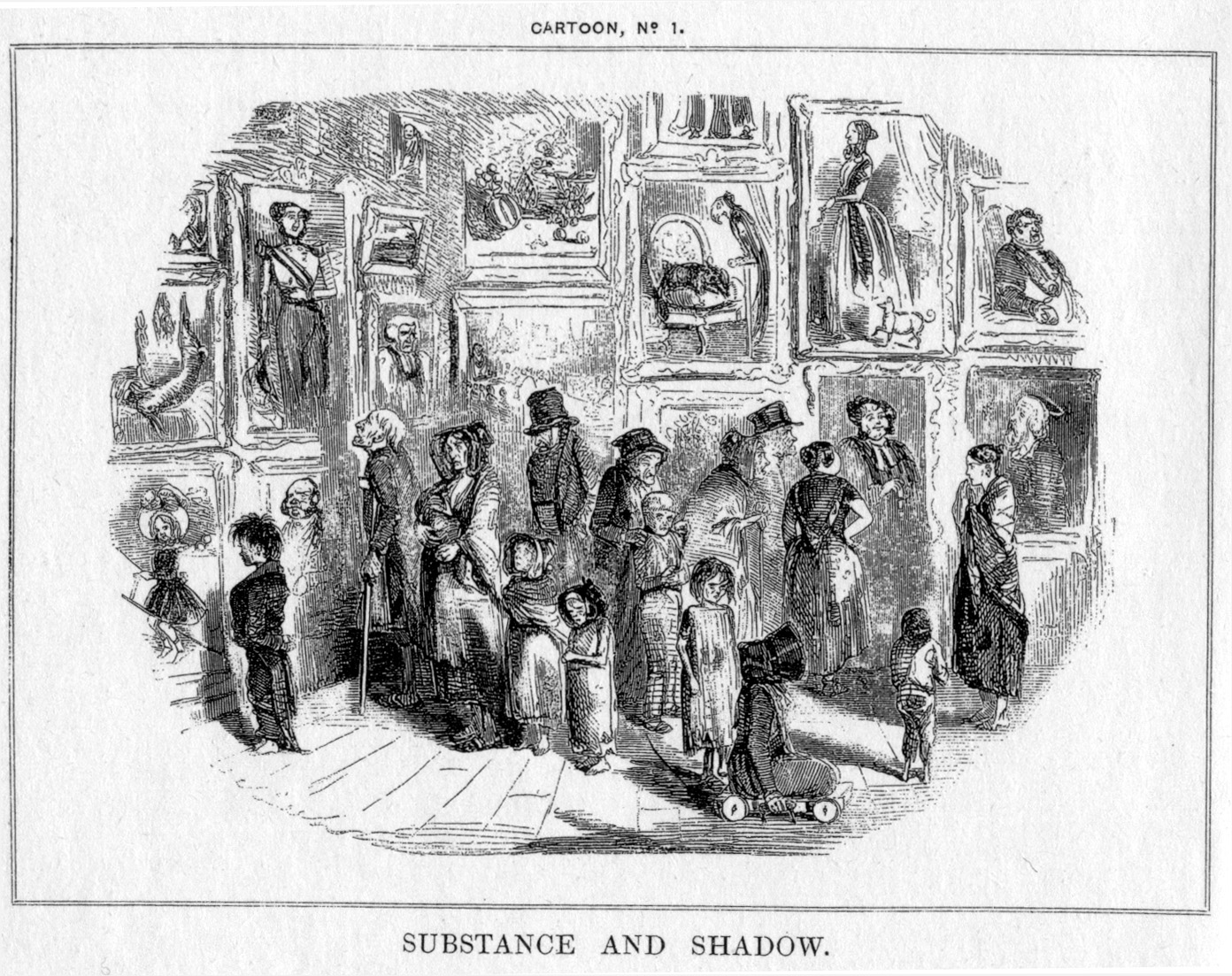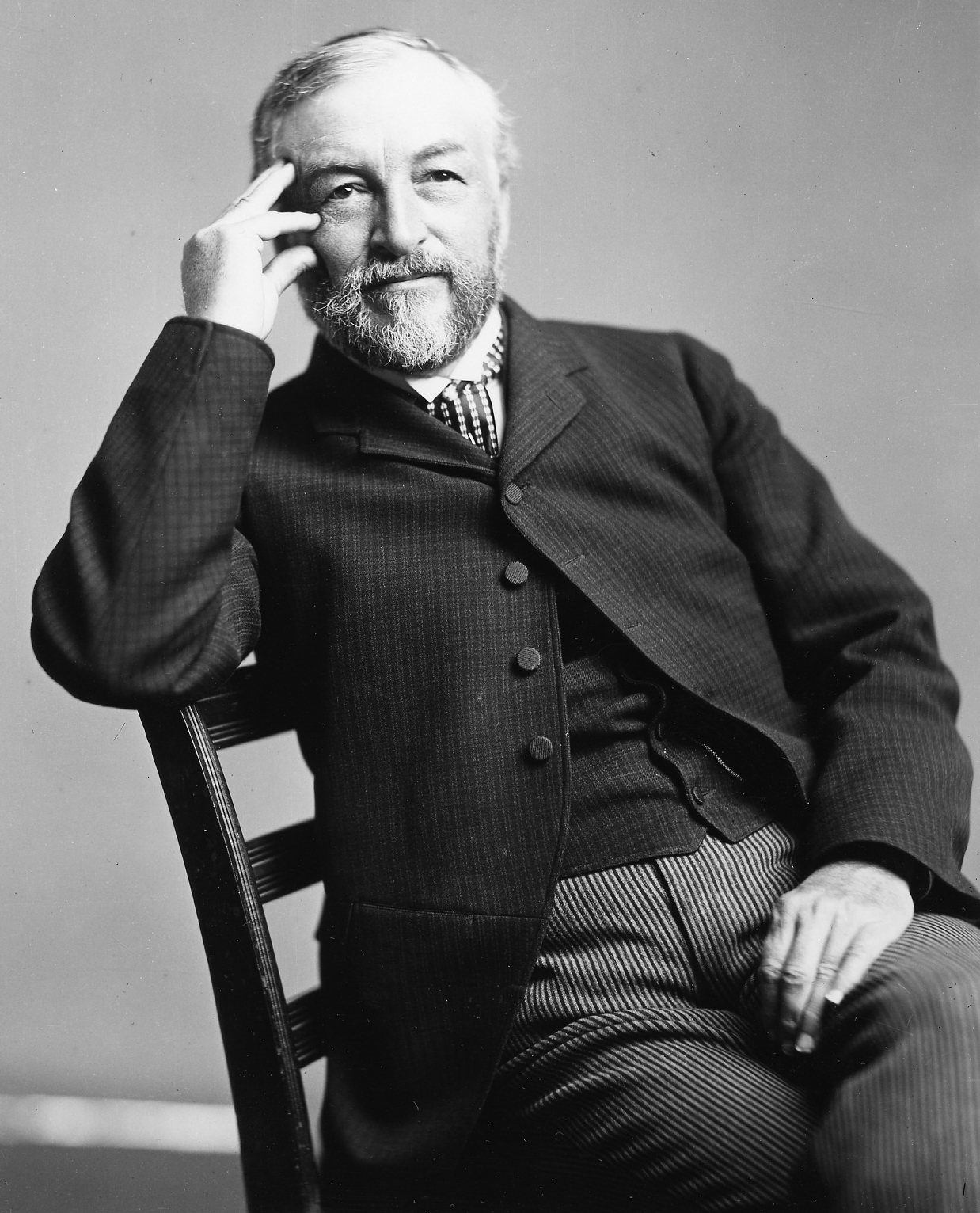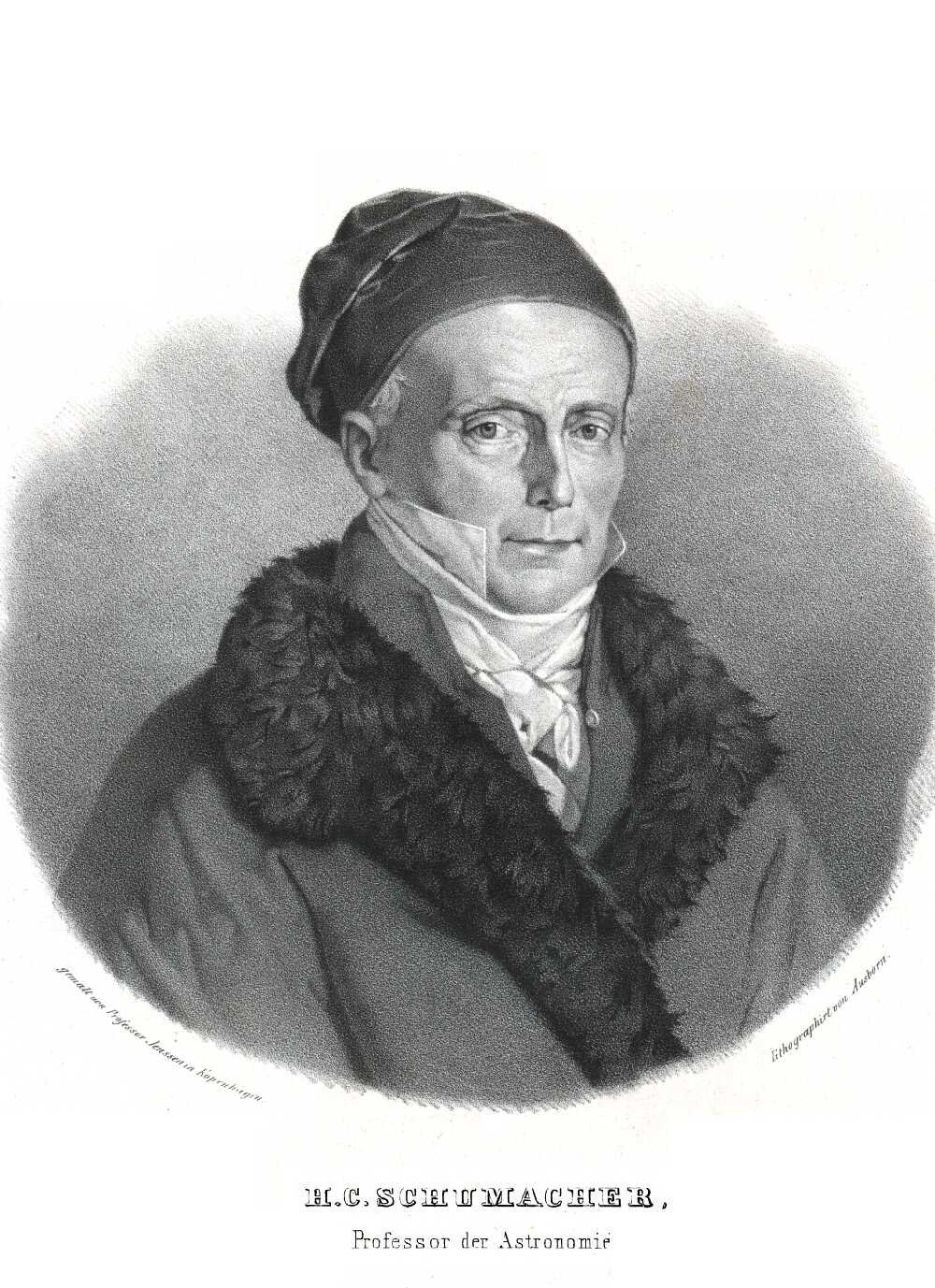|
William Frederick Denning
William Frederick Denning (25 November 1848 – 9 June 1931) was a British amateur astronomer who achieved considerable success without formal scientific training. He is known for his catalogues of meteor radiants, observations of Jupiter's red spot, and for the discovery of five comets. Outside astronomy, as a young man, Denning showed prowess at cricket to the extent W G Grace invited him to play for Gloucestershire. However Denning's retiring nature made him decline the offer. Career Denning devoted a great deal of time to searching for comets, and discovered five of them, including the periodic comets 72P/Denning–Fujikawa and 489P/Denning. The latter was the last comet discovered on British soil until the discoveries of George Alcock, and its recovery was announced by the Minor Planet Center with MPEC 2024-Q14. Denning also studied meteor A meteor, known colloquially as a shooting star, is a glowing streak of a small body (usually meteoroid) going through Earth's ... [...More Info...] [...Related Items...] OR: [Wikipedia] [Google] [Baidu] |
Punch (magazine)
''Punch, or The London Charivari'' was a British weekly magazine of humour and satire established in 1841 by Henry Mayhew and wood-engraver Ebenezer Landells. Historically, it was most influential in the 1840s and 1850s, when it helped to coin the term "cartoon" in its modern sense as a humorous illustration. Artists at ''Punch'' included John Tenniel who, from 1850, was the chief cartoon artist at the magazine for over 50 years. The editors took the anarchic puppet Mr Punch, of Punch and Judy, as their mascot—the character appears in many magazine covers—with the character also an inspiration for the magazine's name. With its satire of the contemporary, social, and political scene, ''Punch'' became a household name in Victorian Britain. Sales of 40,000 copies a week by 1850 rose above 100,000 by 1910. After the 1940s, when its circulation peaked, it went into a long decline, closing in 1992. It was revived in 1996, but closed again in 2002. History ''Punch'' was found ... [...More Info...] [...Related Items...] OR: [Wikipedia] [Google] [Baidu] |
Royal Astronomical Society
The Royal Astronomical Society (RAS) is a learned society and charitable organisation, charity that encourages and promotes the study of astronomy, planetary science, solar-system science, geophysics and closely related branches of science. Its headquarters are in Burlington House, on Piccadilly in London. The society has over 4,000 members, known as fellows, most of whom are professional researchers or postgraduate students. Around a quarter of Fellows live outside the UK. The society holds monthly scientific meetings in London, and the annual National Astronomy Meeting at varying locations in the British Isles. The RAS publishes the scientific journals ''Monthly Notices of the Royal Astronomical Society'', ''Geophysical Journal International'' and ''RAS Techniques and Instruments'', along with the trade magazine ''Astronomy & Geophysics''. The RAS maintains an astronomy research library, engages in public outreach and advises the UK government on astronomy education. The socie ... [...More Info...] [...Related Items...] OR: [Wikipedia] [Google] [Baidu] |
Denning (lunar Crater)
Denning is a lunar impact crater that is located on the far side of the Moon. It lies about midway between the craters Levi-Civita to the south and Marconi to the north-northeast. About two crater diameters to the southeast is the huge walled plain Gagarin. The rim of this worn crater is circular but somewhat irregular-edged. There is a low central rise at the midpoint consisting of at least two hills. Attached to the southwest outer rim is the larger satellite crater Denning R. About one crater diameter the southeast of Denning is a bright patch of high-albedo Albedo ( ; ) is the fraction of sunlight that is Diffuse reflection, diffusely reflected by a body. It is measured on a scale from 0 (corresponding to a black body that absorbs all incident radiation) to 1 (corresponding to a body that reflects ... surface. This patch was most likely created by a small, relatively recent impact. Satellite craters By convention these features are identified on lunar maps by placing ... [...More Info...] [...Related Items...] OR: [Wikipedia] [Google] [Baidu] |
Astronomical Society Of The Pacific
The Astronomical Society of the Pacific (ASP) is an American scientific and educational organization, founded in San Francisco on February 7, 1889, immediately following the solar eclipse of January 1, 1889. Its name derives from its origins on the Pacific Coast, but today it has members all over the country and the world. It has the legal status of a nonprofit organization. It is the largest general astronomy education society in the world, with members from over 40 countries. Education and outreach programs The ASP's mission is to promote public interest in and awareness of astronomy (and increase scientific literacy) through its publications, web site, and many educational and outreach programs. * The NASA Night Sky Network – a community of more than 450 astronomy clubs across the U.S. that share their time and telescopes to engage the public with unique astronomy experiences. The ASP provides training and materials to enhance clubs outreach activities, and inspires more ... [...More Info...] [...Related Items...] OR: [Wikipedia] [Google] [Baidu] |
Gold Medal Of The Royal Astronomical Society
The Gold Medal of the Royal Astronomical Society is the highest award given by the Royal Astronomical Society (RAS). The RAS Council have "complete freedom as to the grounds on which it is awarded" and it can be awarded for any reason. Past awards have been given for "outstanding personal researches in the fields of astronomy and geophysics" as well as general contributions to astronomy and geophysics "that may be made through leadership in research programmes, through education and through scientific administration". It has been awarded both for research that has taken a lifetime (it has most frequently been given to recognise an extraordinary lifetime achievement), and for specific pieces of research. History The RAS was founded in 1820 and the first Gold Medals were awarded in 1824. Silver medals were also awarded in 1824 and 1827, but that practice was quickly abandoned, instead the Royal Astronomical Society#Awards, RAS established other awards. In the early years, more tha ... [...More Info...] [...Related Items...] OR: [Wikipedia] [Google] [Baidu] |
Smithsonian Astrophysical Observatory
The Smithsonian Astrophysical Observatory (SAO) is a research institute of the Smithsonian Institution, concentrating on Astrophysics, astrophysical studies including Galactic astronomy, galactic and extragalactic astronomy, cosmology, Sun, solar, Planetary science, earth and planetary sciences, Theoretical astrophysics, theory and instrumentation, using observations at Wavelength, wavelengths from the highest energy Gamma ray, gamma rays to the Radio astronomy, radio, along with Gravitational wave, gravitational waves. Established in Washington, D.C., in 1890, the SAO moved its headquarters in 1955 to Cambridge, Massachusetts, where its research is a collaboration with the Harvard College Observatory (HCO) and the Harvard University Department of Astronomy. In 1973, the Smithsonian and Harvard formalized the collaboration as the Harvard–Smithsonian Center for Astrophysics, Center for Astrophysics , Harvard & Smithsonian (CfA) under a single Director. History Samuel Pierp ... [...More Info...] [...Related Items...] OR: [Wikipedia] [Google] [Baidu] |
Monthly Notices Of The Royal Astronomical Society
''Monthly Notices of the Royal Astronomical Society'' (MNRAS) is a peer-reviewed scientific journal in astronomy, astrophysics and related fields. It publishes original research in two formats: papers (of any length) and letters (limited to five pages). MNRAS publishes more articles per year than any other astronomy journal. The learned society journal has been in continuous existence since 1827 and became online only in 2020. It operates as a partnership between the Royal Astronomical Society (RAS), who select and peer-review the contents, and Oxford University Press (OUP), who publish and market the journal. Despite its name, MNRAS is no longer monthly, nor does it carry the notices of the RAS. In 2024 MNRAS became a purely gold open access journal. History The first issue of MNRAS was published on 9 February 1827 as ''Monthly Notices of the Astronomical Society of London'' and it has been in continuous publication ever since. It took its current name from the second vo ... [...More Info...] [...Related Items...] OR: [Wikipedia] [Google] [Baidu] |
Journal Des Observateurs
''Astronomy & Astrophysics (A&A)'' is a monthly peer-reviewed scientific journal covering theoretical, observational, and instrumental astronomy and astrophysics. It is operated by an editorial team under the supervision of a board of directors representing 27 sponsoring countries plus a representative of the European Southern Observatory. The journal is published by EDP Sciences and the current editors-in-chief are Thierry Forveille and João Alves. History Origins ''Astronomy & Astrophysics'' was created as an answer to the publishing situation found in Europe in the 1960s. At that time, multiple journals were being published in several countries around the continent. These journals usually had a limited number of subscribers, and articles were written in languages other than English. They were less widely read than American and British journals and the research they reported had therefore less impact in the community. Starting in 1963, conversations between astronomers from ... [...More Info...] [...Related Items...] OR: [Wikipedia] [Google] [Baidu] |
Journal Of The Royal Astronomical Society Of Canada
The ''Journal of the Royal Astronomical Society of Canada'' (JRASC, ) is a trade magazine and scientific journal, distributed bimonthly to members of the Royal Astronomical Society of Canada. It primarily contains news reports, information about society activities, popular science articles about astronomy, and advice for amateur astronomers. A small fraction of its articles are peer-reviewed research papers. JRASC was founded in 1907, with Clarence Chant as editor. It was preceded by the ''Transactions of the Astronomical and Physical Society of Toronto'' (1890–1901), the ''Royal Astronomical Society of Canada Selected Papers and Proceedings'' (1902–1903) and the ''Royal Astronomical Society of Canada Transactions'' (1904–1905). The Astrophysics Data System The SAO/NASA Astrophysics Data System (ADS) is a digital library portal for researchers on astronomy and physics, operated for NASA by the Smithsonian Astrophysical Observatory. ADS maintains three bibliographic co ... [...More Info...] [...Related Items...] OR: [Wikipedia] [Google] [Baidu] |
Astronomische Nachrichten
''Astronomische Nachrichten'' (''Astronomical Notes''), one of the first international journals in the field of astronomy, was established in 1821 by the German astronomer Heinrich Christian Schumacher. It claims to be the oldest astronomical journal in the world that is still being published. The publication today specializes in articles on solar physics, extragalactic astronomy, cosmology, geophysics, and instrumentation for these fields. All articles are subject to peer review. Early history The journal was founded in 1821 by Heinrich Christian Schumacher,''Publications of the Astronomical Society of the Pacific'', page 60, v.7 (1895) under the patronage of Christian VIII of Denmark, and quickly became the world's leading professional publication for the field of astronomy. Schumacher edited the journal at the Altona Observatory, then under the administration of Denmark, later part of Prussia, and today part of the German city of Hamburg. Schumacher edited the first 31 issu ... [...More Info...] [...Related Items...] OR: [Wikipedia] [Google] [Baidu] |
The Observatory (journal)
''The Observatory'' is a publication, variously described as a journal, a magazine and a review, devoted to astronomy. It appeared regularly starting in 1877, and it is now published every two months. The current editors are David SticklandBob Argyle Steve FosseyPhillip Helbig and Quentin Stanley. Although it is not published by the Royal Astronomical Society, it publishes the reports of its meetings. Other features are the extensive book reviews, correspondence, thesis abstracts, obituaries, and "Here and There", a collection of misprints and ridiculous statements of astronomical interest. As of 2025, it is a diamond—open-access publication. The founder and first editor (1877–1882) was William Henry Mahoney Christie, William Christie, then chief assistant at the Royal Observatory, Greenwich, Royal Observatory and later Astronomer Royal. Notable subsequent editors include: * Arthur Eddington (1913–1919) * Harold Spencer Jones (1915–1923) * Richard van der Riet Woolley (1 ... [...More Info...] [...Related Items...] OR: [Wikipedia] [Google] [Baidu] |
Nature (journal)
''Nature'' is a British weekly scientific journal founded and based in London, England. As a multidisciplinary publication, ''Nature'' features Peer review, peer-reviewed research from a variety of academic disciplines, mainly in science and technology. It has core editorial offices across the United States, continental Europe, and Asia under the international scientific publishing company Springer Nature. ''Nature'' was one of the world's most cited scientific journals by the Science Edition of the 2022 ''Journal Citation Reports'' (with an ascribed impact factor of 50.5), making it one of the world's most-read and most prestigious academic journals. , it claimed an online readership of about three million unique readers per month. Founded in the autumn of 1869, ''Nature'' was first circulated by Norman Lockyer and Alexander MacMillan (publisher), Alexander MacMillan as a public forum for scientific innovations. The mid-20th century facilitated an editorial expansion for the j ... [...More Info...] [...Related Items...] OR: [Wikipedia] [Google] [Baidu] |





